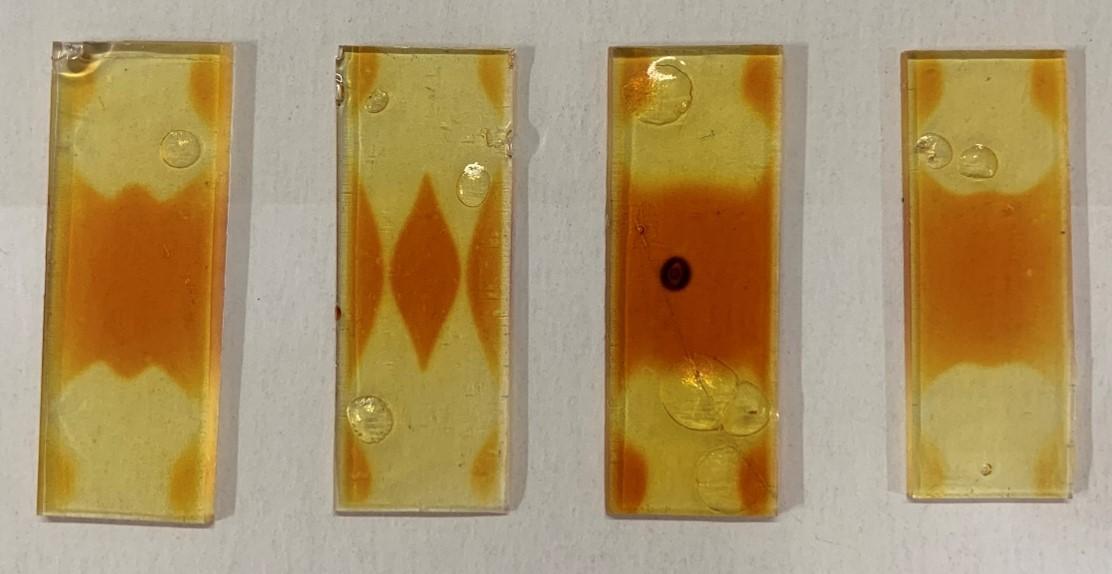There are many examples in nature that show material performance can be greatly enhanced by combining the advantages of multiple material classes into functionally graded structures, e.g., the excellent load-bearing performance of a vertebrate’s skeleton relies on the connection of rigid bones with soft muscle tissue. To replicate the smooth gradients between soft and stiff components at similar length scales in manmade objects and synthetic systems for performance improvement is very challenging due to limitations in design and conventional manufacturing methods.
Multi-Material Additive Manufacturing (MMAM), an emerging manufacturing method, has been gaining attention since it enables the creation of objects with multiple materials or material properties across the volume of the object. The ability to tune mechanical properties within a single component opens up new avenues for creating functional objects with tailored characteristics, particularly in biomedical application where complex modulus gradients are desired.
LLNL researchers have developed an innovative and uniform single-pot polymer multi-material system, based on a combination of 3 different reactive chemistries. By combining the three different constituent monomers, fine control of mechanical attributes, such as elastic modulus, can be achieved by adjusting the dosage of UV light throughout the additive manufacturing process. This results in measured elastic modulus ranging from 1.5-500 MPa and a toughness spanning ~20-3000 Mpa/m².
In addition to being able to tune the mechanical properties within the component, LLNL researchers has also been able to demonstrate an innovative chemical recycling approach of multi-materials. The incorporation of a specific chemical bond not only enhances the mechanical properties of the additively manufactured multi-material structures, but also introduces the concept of polymer network recyclability. These multi-materials can be depolymerized with the introduction of an excess of certain reactive components at ambient temperature. The reclaimed oligomer can then be reutilized in the design of new multi-materials, showcasing the sustainable potential of this approach.
Image Caption: Examples of different UV exposure patterns printed from the same multi-material resin. Darker yellow regions have higher UV exposure times leading to tougher regions.
- Offers one pot polymer-based formulation with controllable mechanical properties on a layer-by-layer basis.
- Manufactured structures can be recycled into reusable oligomer.
- Mechanical properties of printed materials can be tuned to create tailored toughness materials for targeted applications.
- Biomedical/biomimetic applications
- Soft materials
- Robotics
Current stage of technology development: TRL 3
LLNL has filed for patent protection on this invention.


